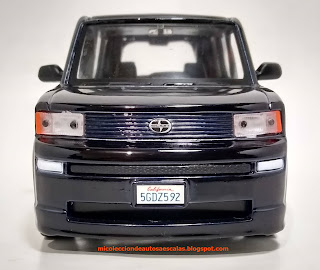In planning the new Cadillac LMP project, GM turned to Riley & Scott, builders of the successful Mk III chassis. Riley & Scott developed a from-scratch LMP based around a bespoke carbon fiber monocoque. The new design featured elements of Cadillac's new Art & Science design theme such as the functional egg-crate grill on the nose, as well as the addition of large side scoops to feed the turbochargers.
A highly modified 650 hp (485 kW) version of this engine was used by General Motors racing division initially for Indy Racing League competition starting in 1995, then was later used in the Cadillac Northstar LMP program in 2000. Both engines retained the 4.0 L capacity, but the Northstar LMP version was twin-turbocharged. The engine for the Northstar LMP was based on a smaller 4.0 Liter variant of the Northstar used in Cadillacs, known as the L47, used in GM's Oldsmobile Aurora sedan. It had already been adapted for racing in 1995 for use in the Indy Racing League, but was thoroughly modified in order to not only increase power, but increase longevity. McLaren Engines assisted in the development of the new prototype engine, while Ishikawajima-Harima Heavy Industries (IHI) produced twin turbochargers to increase output.
A total of seven monocoques were built, with two going to Team Cadillac in the United States, three to DAMS in France, one assigned as the crash test car (became the show car), and one spare tub that was delivered to GM at the end of the program.


























































